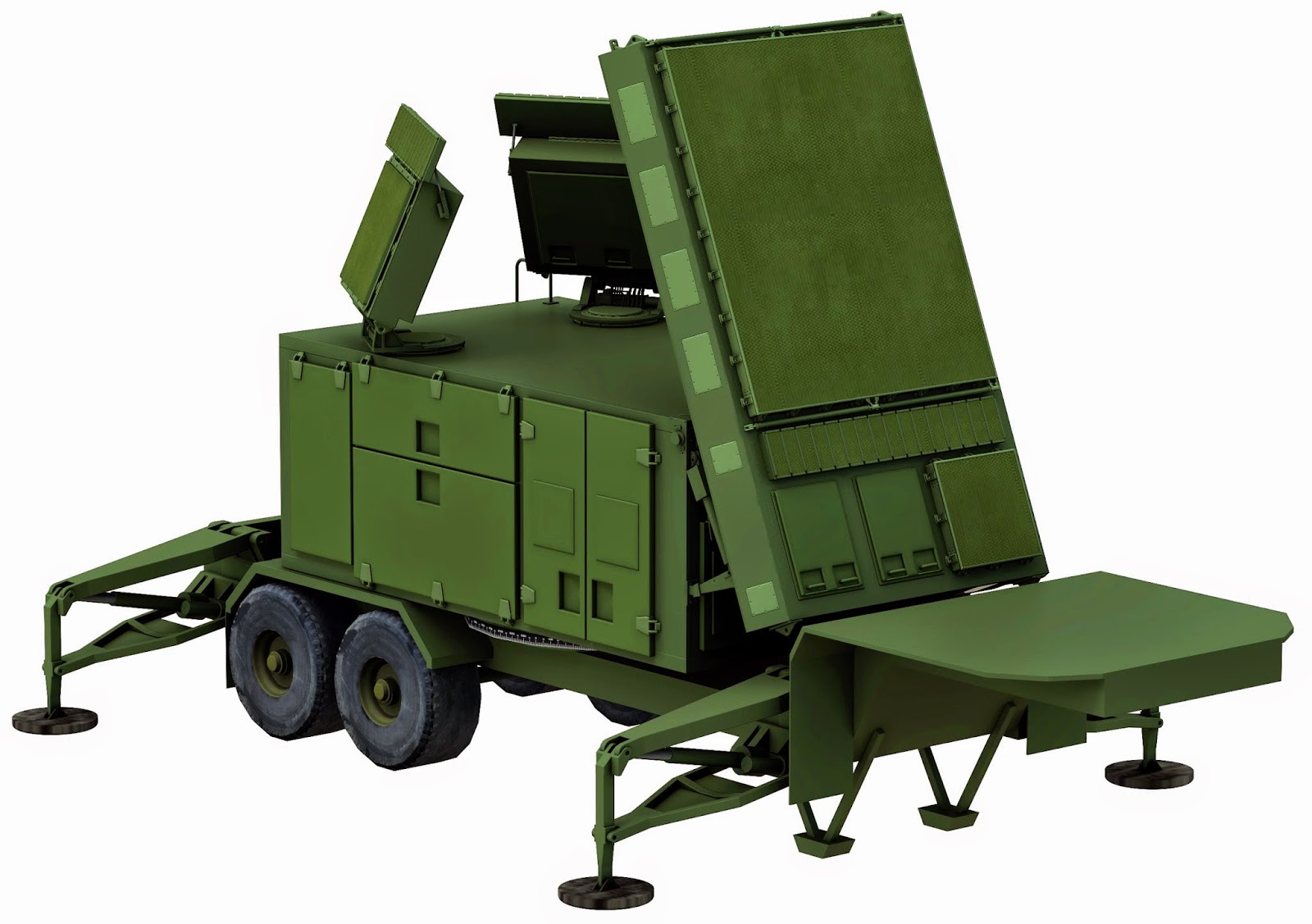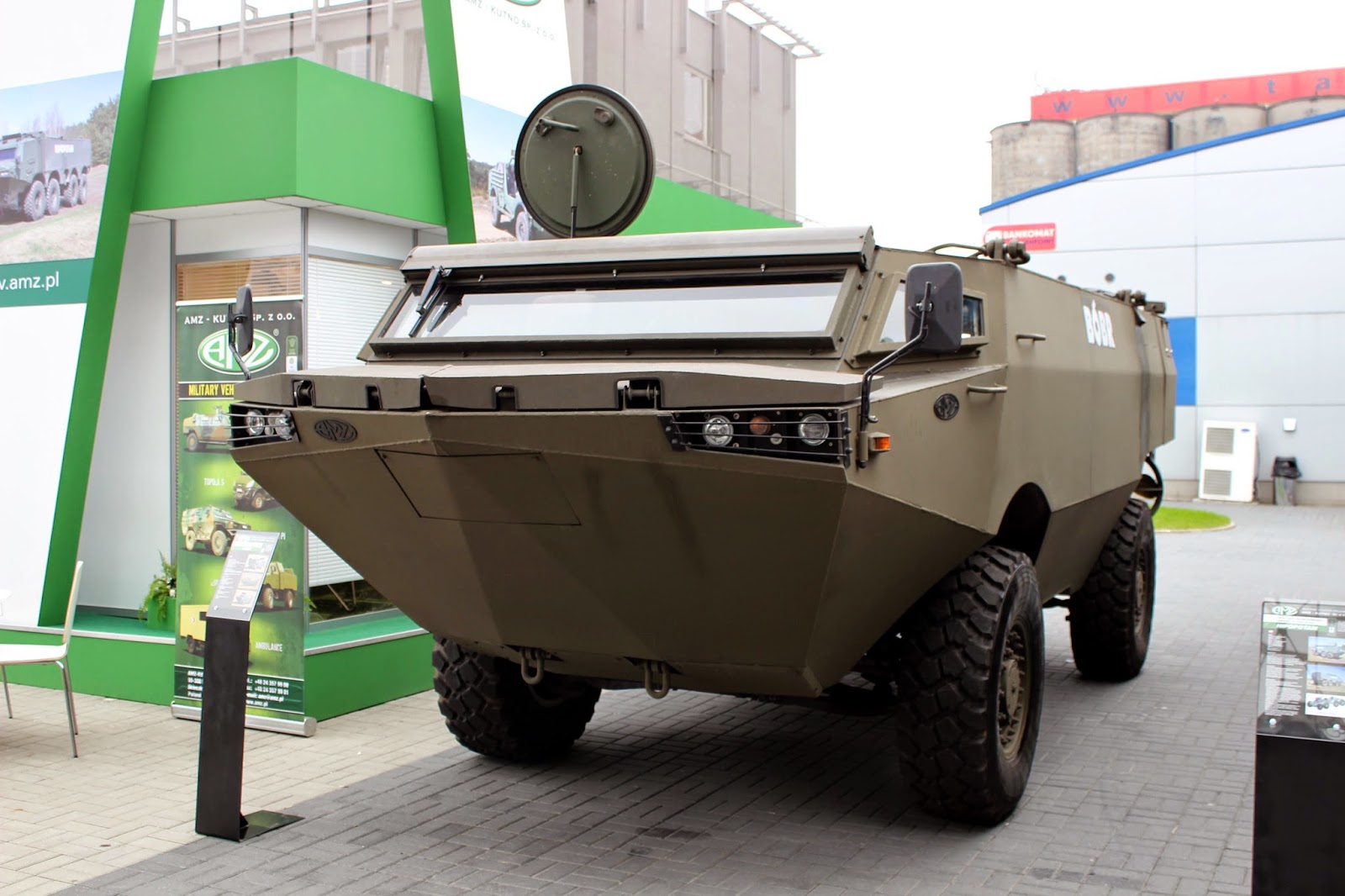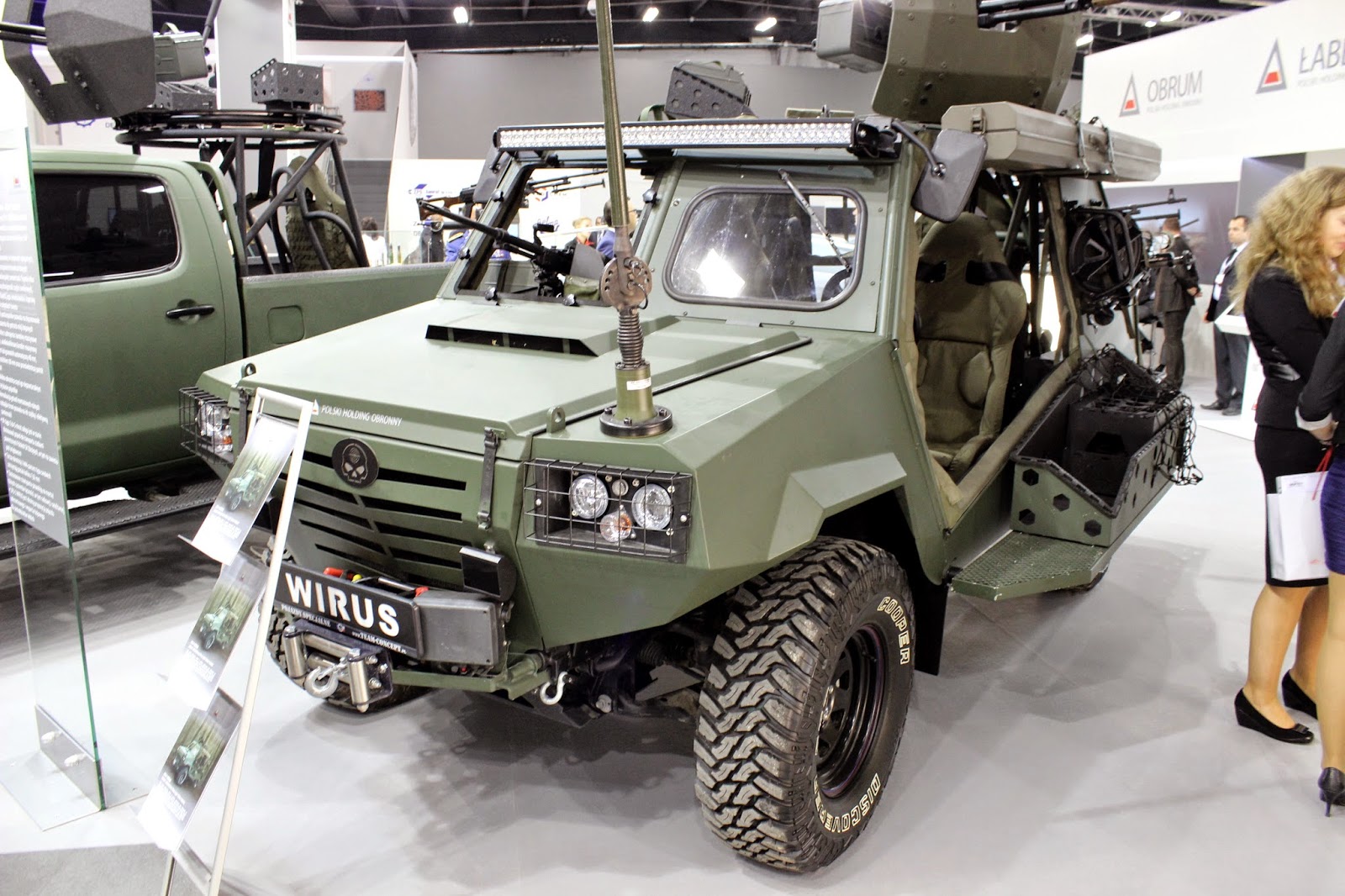In an interview with Philippine Secretary of National Defense Voltaire T. Gazmin, MT was informed about the modernisation plans of the Philippine Armed Forces, funding for acquisition of new systems and weaponry, and bilateral and multilateral engagements in the ASEAN.
MT: The newly signed defense agreement between the Philippines and the US is widely seen as a boost for the Philippines’ military. What is your view on this?
V. T. Gazmin: We recently signed the Enhanced Defense Cooperation Agreement (EDCA) with the US. This agreement falls under the ambit of the Mutual Defense Treaty between the Philippines and the US, which requires the two countries to maintain and develop their individual and collective capacities for mutual defence. This agreement facilitates mutual defence capability building, as well as increased interoperability between the Armed Forces of the Philippines and the US. More importantly, EDCA will give the Philippines access to necessary equipment and infrastructure that will enable the country to address both traditional and non-traditional security and defence challenges.
MT: Can you brief us on the Minimum Credible Defence Capability as envisaged in the Philippine Armed Forces Modernisation Plans?
V. T. Gazmin: The term Minimum Credible Defence Posture (MCDP) pertains to the establishment of an effective force presence inside the Philippines and its EEZ with exhibited competence to defend the country and protect its national interests if and when the need arises. It includes the ability to conduct wide surveillance and monitoring of developments within the country’s territory, and have an extensive command and control (C2) as well as the capacity to provide an expedient and efficient response to untoward incidents.
Achieving this Minimum Credible Defence Capability is not directed against any particular country. It is being undertaken to enable us to address our legitimate security concerns.
For us to achieve an MCDP we must establish joint aerospace forces that can defend our territorial airspace; a joint maritime force that will provide situational awareness and response within our territory and EEZ; and a joint land force that will be able to perform both conventional and unconventional roles that will range from peace to crises to limited conventional war.
MT: Has the ongoing situation in the South China Sea (more specifically the Spratlys) and the guerrilla and criminal activities in the south influence the government to quicken the pace of the AFP modernisation plans?
V. T. Gazmin: Modernising the Armed Forces is a legitimate undertaking that began many years ago. What we are doing now is a result of our Defense System of Management (DSOM). It was planned over several years and was not merely prompted by recent events. Needless to say, recent developments highlight the need for all armed forces to have the ability to address non-traditional and traditional security concerns.
MT: The government has announced funding for the modernisation of the Armed Forces. What is the latest amount involved now?
V. T. Gazmin: Under Republic Act No. 10349 signed by the President Benigno S Aquino III in December 2012, the AFP Modernisation Program is allocated at least Php75 billion for the first five years. We were eventually granted a total of Php85 billion for the modernization program spread out over the next five years, from 2013 to 2017. With this budget, we can acquire lead-in fighter trainers, frigates, additional air assets, upgraded equipment for our land forces, as well as surveillance and monitoring equipment.
MT: As with most defence allocation elsewhere, emoluments and maintenance of infrastructure usually take up a large chunk of budget. Will there be adequate funding for actual modernisation and acquisition of new systems and weaponry?
V. T. Gazmin: As mentioned earlier, all our plans and acquisitions have gone through processes that are provided for under our DSOM. This means that all projects are meticulously planned down to the technical working group level. Following these processes, we determine the most judicious use of resources, including the need for logistics and support infrastructure. By doing so, we are able to acquire the necessary systems and weaponry, taking into account the required maintenance and other costs.
MT: Is the New People’s Army (NPA) still a major threat to the peace and stability of the Philippines? What is their status as far as threat and the government’s olive branch offer to the armed wing of the CPP is concerned?
V. T. Gazmin: Following some high-profile arrests this year, particularly the arrest of top NPA leaders Benito and Wilma Tiamzon, the communist rebel group continues to show proof of decline.
The most important indicator of their weakening is the significant increase in rebel returnees this year. For instance, in Eastern Mindanao alone, which is our priority area, more than 200 rebels have already surrendered along with their assorted firearms. The returnees cited the hardships of the underground movement and the realisation that the armed struggle is not the solution to their problems as their primary reasons for returning to the fold of the law.
The NPA is still a primary concern in our internal peace and security operations, however, the Armed Forces of the Philippines is continuing to exert pressure on all fronts including the engagement of other stakeholders to encourage NPA rebels to abandon the armed struggle and become productive members of our society. This is the essence of our Internal Peace and Security Plan (IPSP) Bayanihan.
MT: Can you update us on the state of cooperation between the Philippine Department of National Defense (DoND) and MoDs and security forces of the ASEAN countries?
V. T. Gazmin: The DoND constantly engages its counterparts in the ASEAN through bilateral and multilateral engagements. We have existing structures such as the ASEAN Defence Minister’s Meeting (ADMM), which last met in May 2014 in Myanmar. During the meeting, the ministers agreed to establish direct communications links between and among themselves to help prevent conflicts arising from territorial disputes and to defuse tensions if and when they occur. Just recently, we entered into an agreement with Indonesia, which delimits the Exclusive Economic Zone (EEZ) of both countries. This agreement enhances and strengthens the friendly relations between the Philippines and Indonesia.
MT: With the Philippines being the host nation, how is the DoND involved in the upcoming Asian Defense and Security (ADAS) 2014?
V. T. Gazmin: We have been working closely with the organizers of ADAS 2014 in ironing out the details of the event. In ADAS 2014, we will have a series of symposia organized by the AFP’s major service commands. Our other bureaus are also involved in the event such as the Government Arsenal (GA) and the Office of Civil Defence (OCD). The DND and the AFP have also invited relevant defence and military officials from our ASEAN neighbours and other partner countries.
Since ADAS 2014 also features crisis management, the DND, through the OCD, is organising a forum on Disaster Risk Reduction and Management and is inviting local chief executives in Metro Manila to attend the event.
.jpg) |
| Philippine Secretary of National Defense Voltaire T. Gazmin in an exclusive interview with MILITARY TECHNOLOGY. |
MT: The newly signed defense agreement between the Philippines and the US is widely seen as a boost for the Philippines’ military. What is your view on this?
V. T. Gazmin: We recently signed the Enhanced Defense Cooperation Agreement (EDCA) with the US. This agreement falls under the ambit of the Mutual Defense Treaty between the Philippines and the US, which requires the two countries to maintain and develop their individual and collective capacities for mutual defence. This agreement facilitates mutual defence capability building, as well as increased interoperability between the Armed Forces of the Philippines and the US. More importantly, EDCA will give the Philippines access to necessary equipment and infrastructure that will enable the country to address both traditional and non-traditional security and defence challenges.
MT: Can you brief us on the Minimum Credible Defence Capability as envisaged in the Philippine Armed Forces Modernisation Plans?
V. T. Gazmin: The term Minimum Credible Defence Posture (MCDP) pertains to the establishment of an effective force presence inside the Philippines and its EEZ with exhibited competence to defend the country and protect its national interests if and when the need arises. It includes the ability to conduct wide surveillance and monitoring of developments within the country’s territory, and have an extensive command and control (C2) as well as the capacity to provide an expedient and efficient response to untoward incidents.
Achieving this Minimum Credible Defence Capability is not directed against any particular country. It is being undertaken to enable us to address our legitimate security concerns.
For us to achieve an MCDP we must establish joint aerospace forces that can defend our territorial airspace; a joint maritime force that will provide situational awareness and response within our territory and EEZ; and a joint land force that will be able to perform both conventional and unconventional roles that will range from peace to crises to limited conventional war.
MT: Has the ongoing situation in the South China Sea (more specifically the Spratlys) and the guerrilla and criminal activities in the south influence the government to quicken the pace of the AFP modernisation plans?
V. T. Gazmin: Modernising the Armed Forces is a legitimate undertaking that began many years ago. What we are doing now is a result of our Defense System of Management (DSOM). It was planned over several years and was not merely prompted by recent events. Needless to say, recent developments highlight the need for all armed forces to have the ability to address non-traditional and traditional security concerns.
MT: The government has announced funding for the modernisation of the Armed Forces. What is the latest amount involved now?
V. T. Gazmin: Under Republic Act No. 10349 signed by the President Benigno S Aquino III in December 2012, the AFP Modernisation Program is allocated at least Php75 billion for the first five years. We were eventually granted a total of Php85 billion for the modernization program spread out over the next five years, from 2013 to 2017. With this budget, we can acquire lead-in fighter trainers, frigates, additional air assets, upgraded equipment for our land forces, as well as surveillance and monitoring equipment.
MT: As with most defence allocation elsewhere, emoluments and maintenance of infrastructure usually take up a large chunk of budget. Will there be adequate funding for actual modernisation and acquisition of new systems and weaponry?
V. T. Gazmin: As mentioned earlier, all our plans and acquisitions have gone through processes that are provided for under our DSOM. This means that all projects are meticulously planned down to the technical working group level. Following these processes, we determine the most judicious use of resources, including the need for logistics and support infrastructure. By doing so, we are able to acquire the necessary systems and weaponry, taking into account the required maintenance and other costs.
MT: Is the New People’s Army (NPA) still a major threat to the peace and stability of the Philippines? What is their status as far as threat and the government’s olive branch offer to the armed wing of the CPP is concerned?
V. T. Gazmin: Following some high-profile arrests this year, particularly the arrest of top NPA leaders Benito and Wilma Tiamzon, the communist rebel group continues to show proof of decline.
The most important indicator of their weakening is the significant increase in rebel returnees this year. For instance, in Eastern Mindanao alone, which is our priority area, more than 200 rebels have already surrendered along with their assorted firearms. The returnees cited the hardships of the underground movement and the realisation that the armed struggle is not the solution to their problems as their primary reasons for returning to the fold of the law.
The NPA is still a primary concern in our internal peace and security operations, however, the Armed Forces of the Philippines is continuing to exert pressure on all fronts including the engagement of other stakeholders to encourage NPA rebels to abandon the armed struggle and become productive members of our society. This is the essence of our Internal Peace and Security Plan (IPSP) Bayanihan.
MT: Can you update us on the state of cooperation between the Philippine Department of National Defense (DoND) and MoDs and security forces of the ASEAN countries?
V. T. Gazmin: The DoND constantly engages its counterparts in the ASEAN through bilateral and multilateral engagements. We have existing structures such as the ASEAN Defence Minister’s Meeting (ADMM), which last met in May 2014 in Myanmar. During the meeting, the ministers agreed to establish direct communications links between and among themselves to help prevent conflicts arising from territorial disputes and to defuse tensions if and when they occur. Just recently, we entered into an agreement with Indonesia, which delimits the Exclusive Economic Zone (EEZ) of both countries. This agreement enhances and strengthens the friendly relations between the Philippines and Indonesia.
MT: With the Philippines being the host nation, how is the DoND involved in the upcoming Asian Defense and Security (ADAS) 2014?
V. T. Gazmin: We have been working closely with the organizers of ADAS 2014 in ironing out the details of the event. In ADAS 2014, we will have a series of symposia organized by the AFP’s major service commands. Our other bureaus are also involved in the event such as the Government Arsenal (GA) and the Office of Civil Defence (OCD). The DND and the AFP have also invited relevant defence and military officials from our ASEAN neighbours and other partner countries.
Since ADAS 2014 also features crisis management, the DND, through the OCD, is organising a forum on Disaster Risk Reduction and Management and is inviting local chief executives in Metro Manila to attend the event.













































